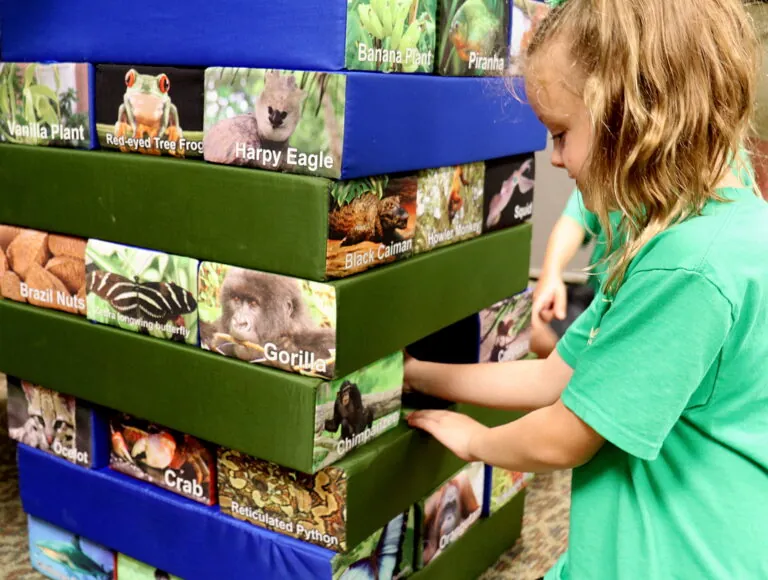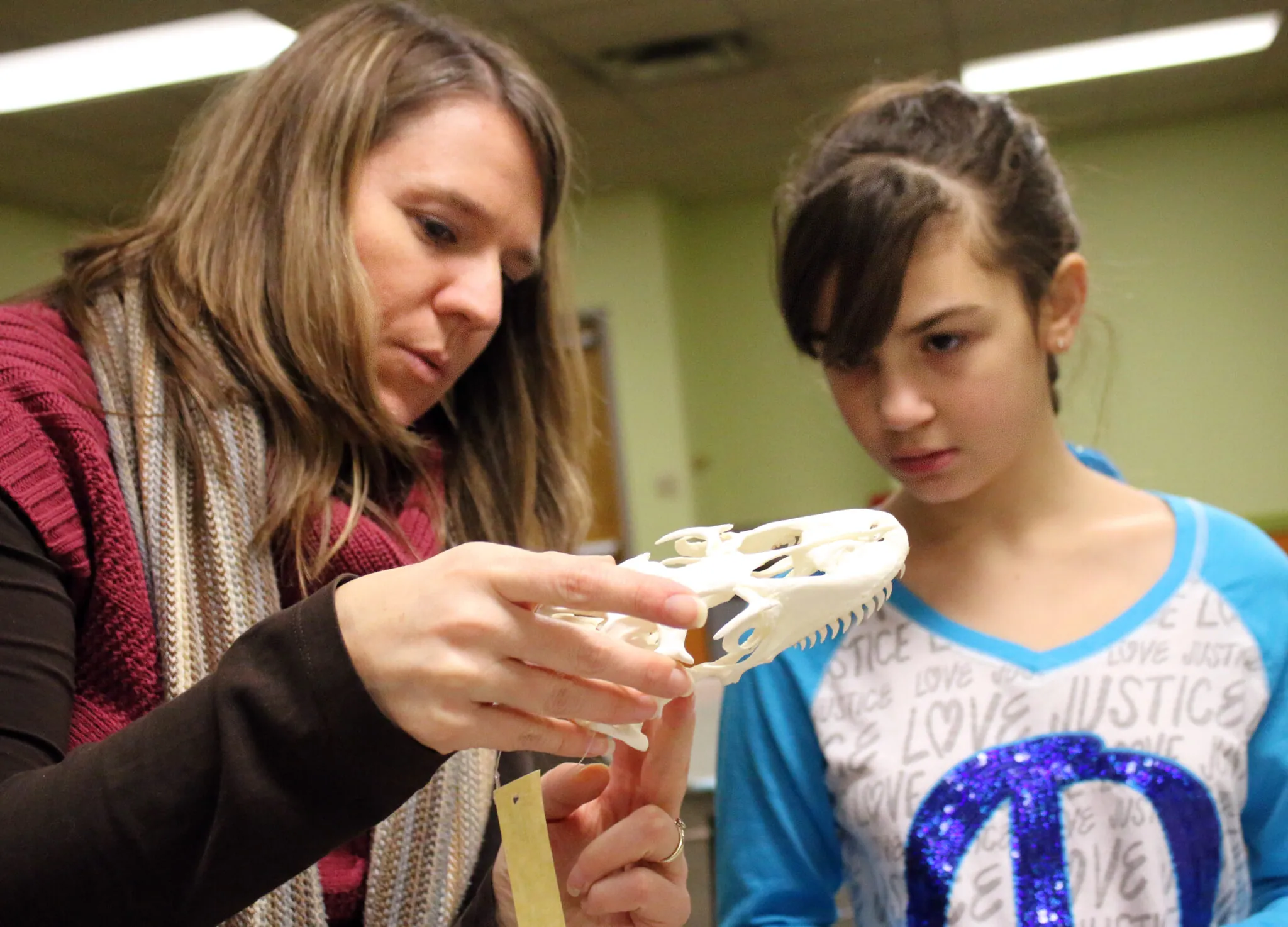-
Menu
- Plan Your Visit
- Meet The Animals
- Check Out Events
- Memberships
- About The Zoo
- Support the Zoo
- Conservation
- Education
- Groups & Private Events
- Zoo News
- Contact
- Zoo Store
- Indianapolis Prize
- Global Center for Species Survival
- Schedule
- Donate
- Membership
- Tickets

- Plan Your Visit
- Meet The Animals
- Check Out Events
- Memberships
- About The Zoo
- Support the Zoo
- Conservation
- Education
- Groups & Private Events
- Zoo News
- Contact
- Zoo Store
- Indianapolis Prize
- Global Center for Species Survival

STEM Investigations
A great add-on to your class field trip!
These 45-minute programs in the Zoo’s Hix Institute educational building allow students to explore a Zoo-themed topic through direct scientific inquiry. All programs feature hands-on activities for the students, showcase animals and plants at the Zoo, and align with both the Indiana Academic Standards and Next Generation Science Standards. See below for grade levels and topics.
When: Check program availability through our website registration page before booking your field trip for a specific date.
Cost: $100 for a class session of up to 30 students
Payment: Your school will be invoiced for the cost of the program, along with your field trip admission, after your visit.
STEM Investigations Topics
What does it mean to be alive? What IS an animal, anyway? Students will learn about the life cycles of animals and plants and explore their basic needs.
What does it take to survive in the wild? Students will explore plant and animal adaptations and learn a little about themselves, too!
Math and animals: How does that add up?! Students will discover many of the ways numbers are used at the Zoo and solve some wild math problems!
How are living things connected around the world? Students will learn about ecosystems and the interdependence of life on Earth while having fun keeping things in balance with fun game-like activities!
How can we help protect animals and plants in the wild for the future? Students will develop a connection to living things by exploring why they become endangered and what we can do to help.
How is the climate changing, and why does it matter? Students will use game-based activities to observe how greenhouse gases affect our planet’s climate and what that means for life on Earth.
Explore how animals learn to survive and thrive in the wild. Students will engage their memory skills and problem-solving abilities while learning more about the cognitive skills of wild species, such as orangutans.
There’s more to biodiversity than meets the eye! Students will explore preserved biological materials and participate in an activity to learn about three levels of biodiversity: species-level biodiversity, genetic biodiversity, and ecosystem-level biodiversity and how these help us understand the world around us.

